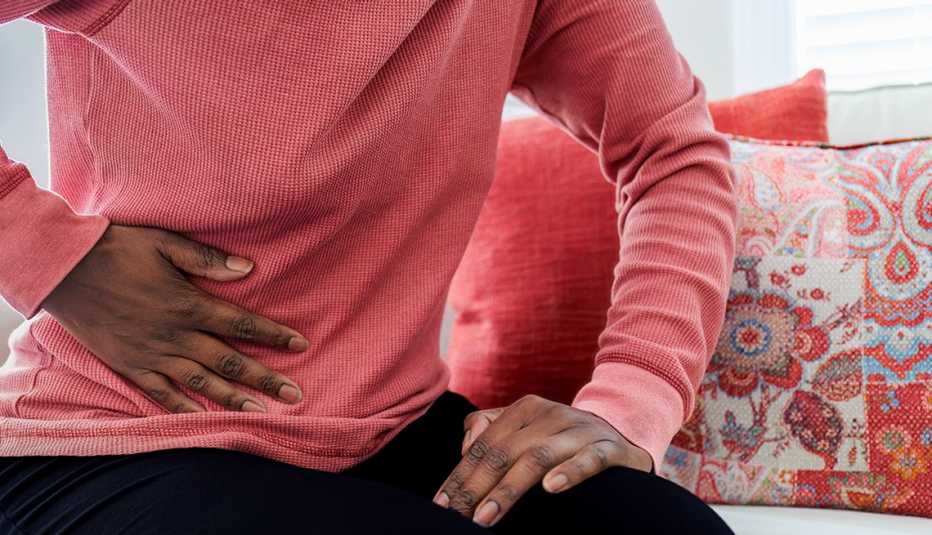AARP Hearing Center


Feeling queasy, cramping and suddenly turned off by your go-to comfort food? It could be food poisoning or the equally unwelcome stomach bug that’s causing the discomfort. Decoding the culprit behind your stomach woes may be a perplexing and concerning journey.
While a definitive diagnosis requires a medical test, here's everything else you need to know — from the initial onset of symptoms to effective treatments and preventive measures to keep others from falling ill.
What causes food poisoning?
Certain foods are more likely to contain germs that make you sick. They include undercooked animal products (meat, chicken, poultry, eggs), raw milk, seafood, raw vegetables, grains, fruits and flour.
Consuming contaminated food, like those with bacteria such as E. coli or salmonella, can lead to varying symptoms and severity of illness.
Those at higher risk for serious illness include adults aged 65 and older, children younger than five, people with weakened immune systems and pregnant women.
Although most have mild infections, some cases can become serious or even life-threatening. They may lead to other health problems such as meningitis, kidney damage, hemolytic uremic syndrome, arthritis and brain or nerve damage.
Each year, about one in six Americans get sick from food poisoning, resulting in approximately 128,000 hospitalizations and 3,000 deaths, says the Centers for Disease Control and Prevention (CDC).
What causes the stomach bug?
A stomach bug is a virus that spreads from person to person, typically because they do not wash their hands. Even though it is often referred to as the stomach flu, it’s different from influenza, which attacks the respiratory system.
The two most common stomach viruses — also referred to as viral gastroenteritis — are:
- Norovirus, or the cruise ship virus. It can spread very quickly, especially in isolated environments.
- Rotavirus, which commonly infects children ages 3 months to 35 months, particularly those in childcare settings. But older adults and those who care for young children are also at risk. Infections are most common in winter and spring.
Stomach bugs can spread by coming in contact with surfaces, food or air that an infected person has contaminated, typically within close quarters.
Most norovirus outbreaks occur from November to April and on average cause 19 to 21 million illnesses a year, including 109,000 hospitalizations, 465,000 ER visits and 900 deaths, mostly among those age 65 and older, says the CDC.
Onset of symptoms: Food poisoning versus stomach bug
Determining whether you have food poisoning or the stomach flu often hinges on how soon symptoms started after exposure and how long they last.
Food poisoning symptoms can arise from within a couple of hours to around a week and have a shorter duration than the stomach bug, depending on how quickly your body can flush out the toxins. But remember: The incubation period before symptoms arise can vary depending on the specific germ to which you are exposed.
When a toxin is ingested, it replicates itself in the gastrointestinal (GI) tract, and the body responds by trying to get rid of it through vomit or diarrhea.



































































More From AARP
Is Your Stomach Bug Norovirus?
Know the symptoms — and how to avoid it in the first place
How Much Do You Really Know About Food Poisoning?
Learn why older adults are at greater risk of foodborne illness and more in this challenging true-or-false quiz
Stomach Symptoms You Shouldn’t Ignore
They can signal cancer, COVID-19 or another serious disease
Recommended for You